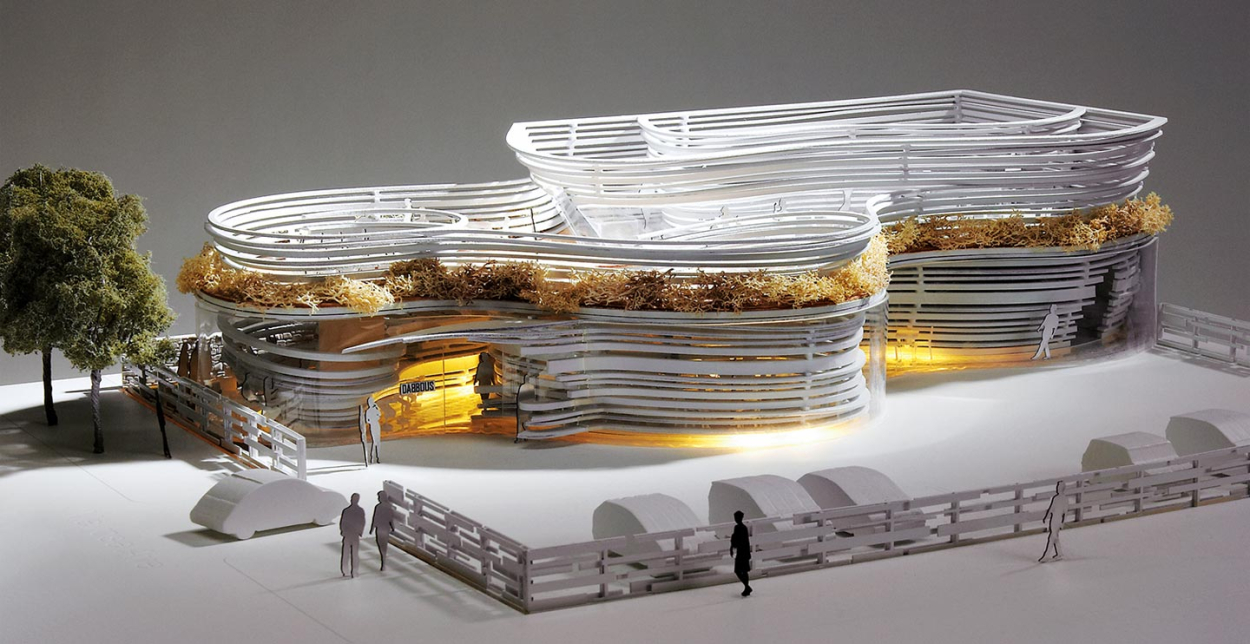
Environmental Design, also known as Environmental Designing or Environmental Planning, is the process of designing and shaping the physical and built environment in order to meet the needs of people, while also preserving natural resources and promoting sustainability. This can include the design of buildings, landscapes, public spaces, and entire communities.
Environmental design takes into consideration the environmental, social, and economic factors that impact a community, and seeks to create spaces that are functional, aesthetically pleasing, and sustainable. Environmental designers may work on projects such as urban planning, park design, transportation planning, and sustainable architecture.
Becoming an environmental designer in India requires a combination of education, experience, and skills. Here are some steps you can take to pursue a career as an environmental designer in India:
Education: To become an environmental designer in India, you must have a bachelor's degree in environmental design, architecture, landscape architecture, or a related field. Some universities and colleges in India offer these courses. You can also pursue a master's degree or Ph.D. in environmental design to enhance your skills and knowledge.
Gain experience: Gain practical experience in environmental design by doing internships or working with experienced professionals in the field. This will help you to understand the practical aspects of environmental design and develop your skills.
Skill development: As an environmental designer, you need to have skills such as creativity, critical thinking, problem-solving, communication, and technical skills. You can develop these skills through coursework, workshops, and practice.
Networking: Networking is essential in any profession, including environmental design. Attend industry events, join professional organisations, and connect with other professionals in the field.
Build a portfolio: Create a portfolio of your work to showcase your skills and experience to potential employers or clients.
Job search: After completing your education and gaining practical experience, start searching for job opportunities in environmental design. You can look for job openings in architectural firms, landscape architecture firms, or environmental consulting firms.
Continuous learning: Environmental design is a rapidly evolving field, and it is important to stay updated with the latest trends and technologies. Attend conferences, workshops, and training programs to enhance your knowledge and skills.
By following these steps, you can become an environmental designer in India and help to create sustainable and environmentally friendly designs for buildings, landscapes, and communities.